

The FS feature is great, it’s just cumbersome to use without a tool.
Snapper works well for a local backup like history both against botched updates and accidental deletion, but eats up the free space with the default settings.
Timeshift is an easy to use GUI but doesn’t support non-default partitions.
Also the quota support had a nasty side effect: freezing the whole system on snapshot deletion.


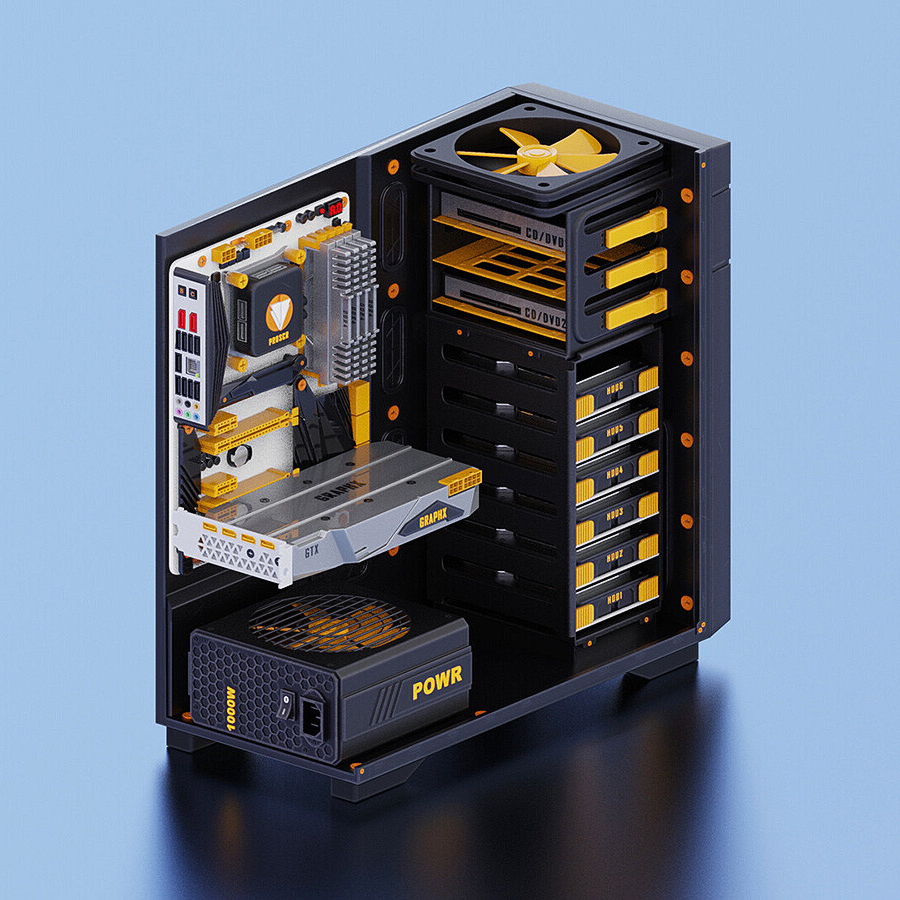
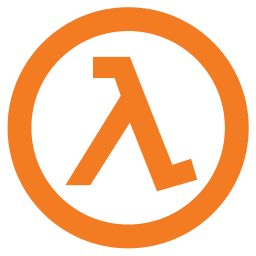
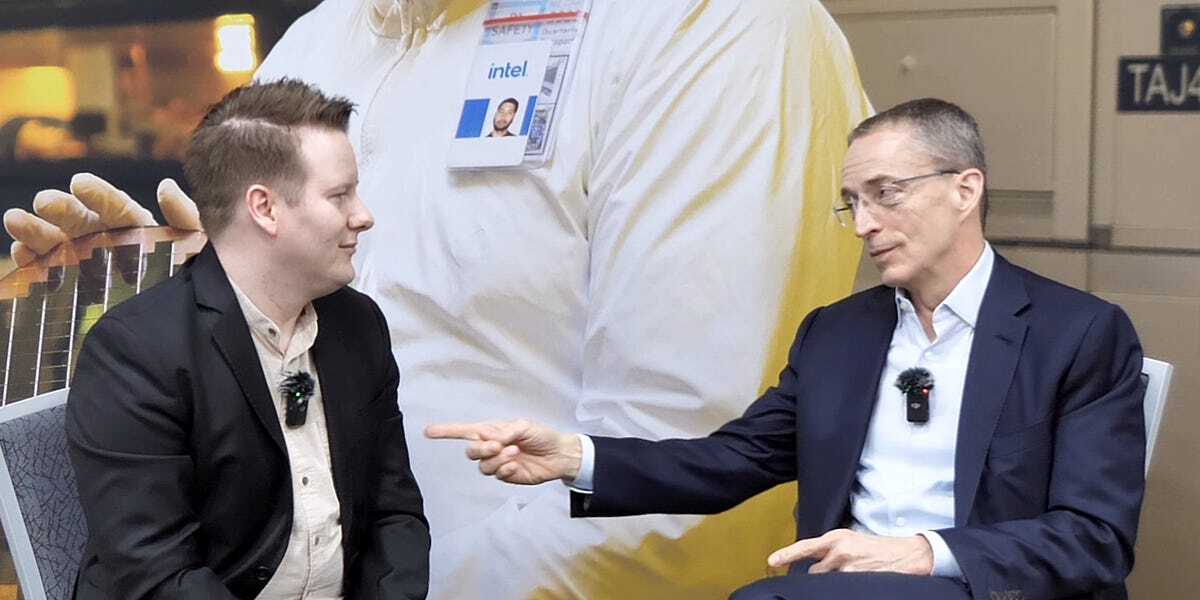


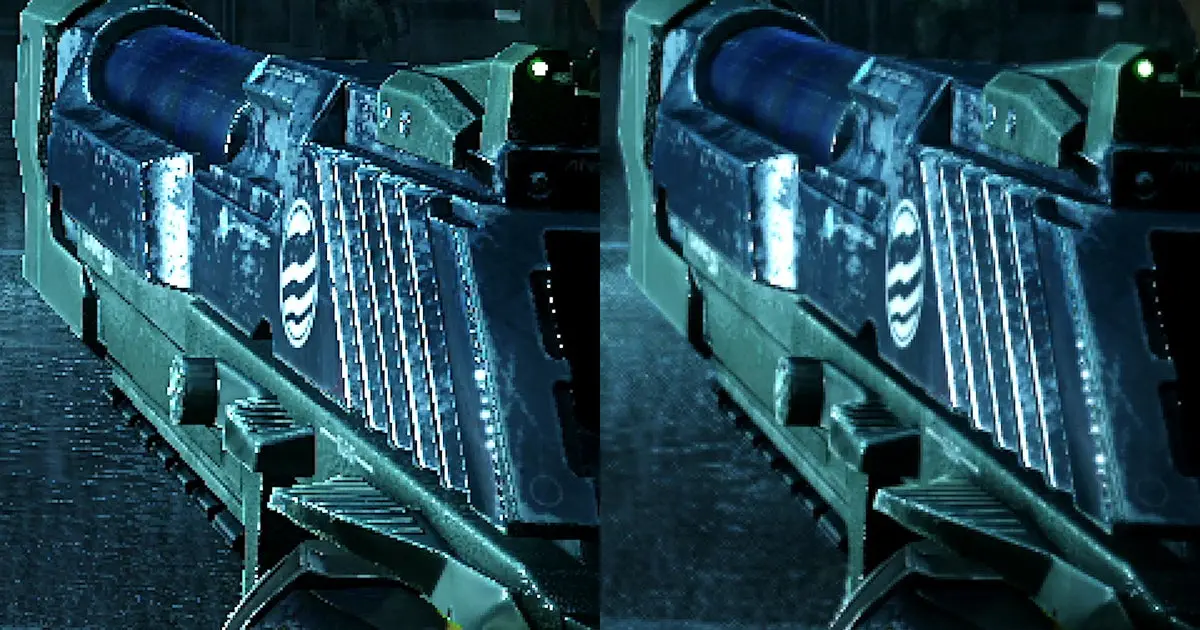

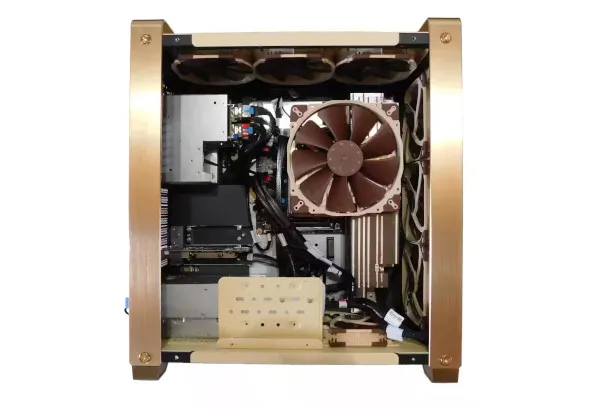




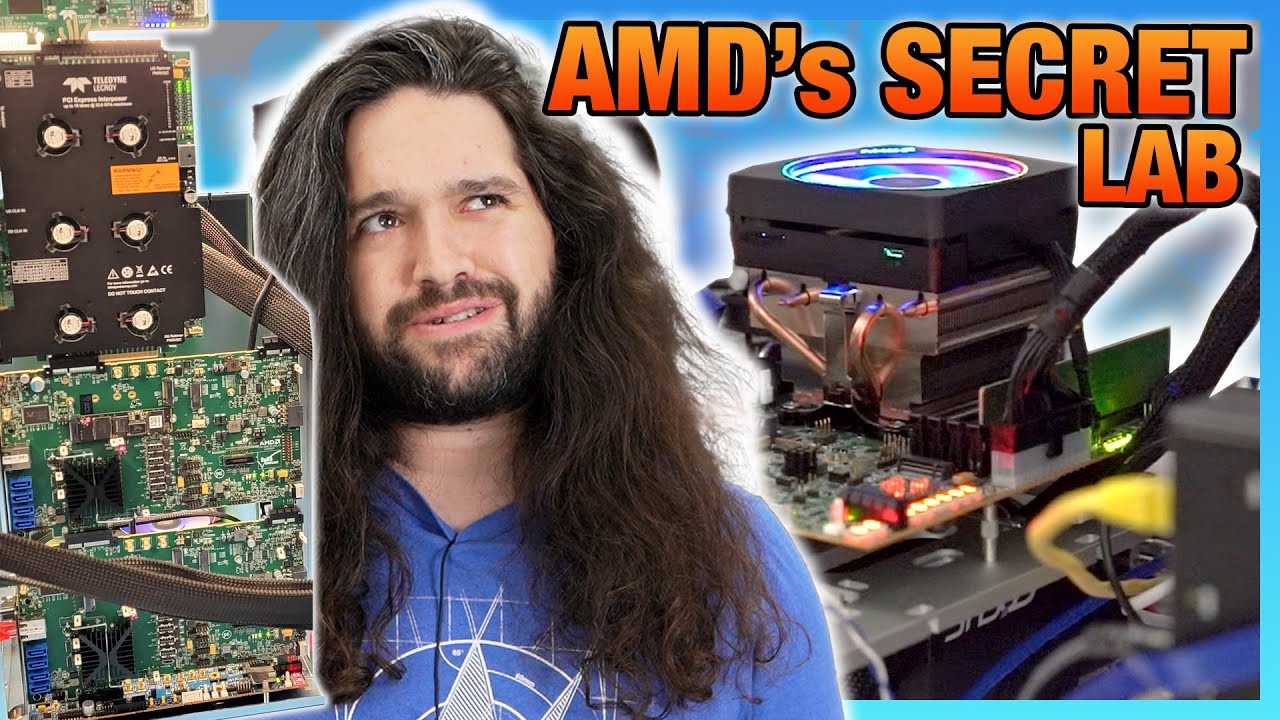
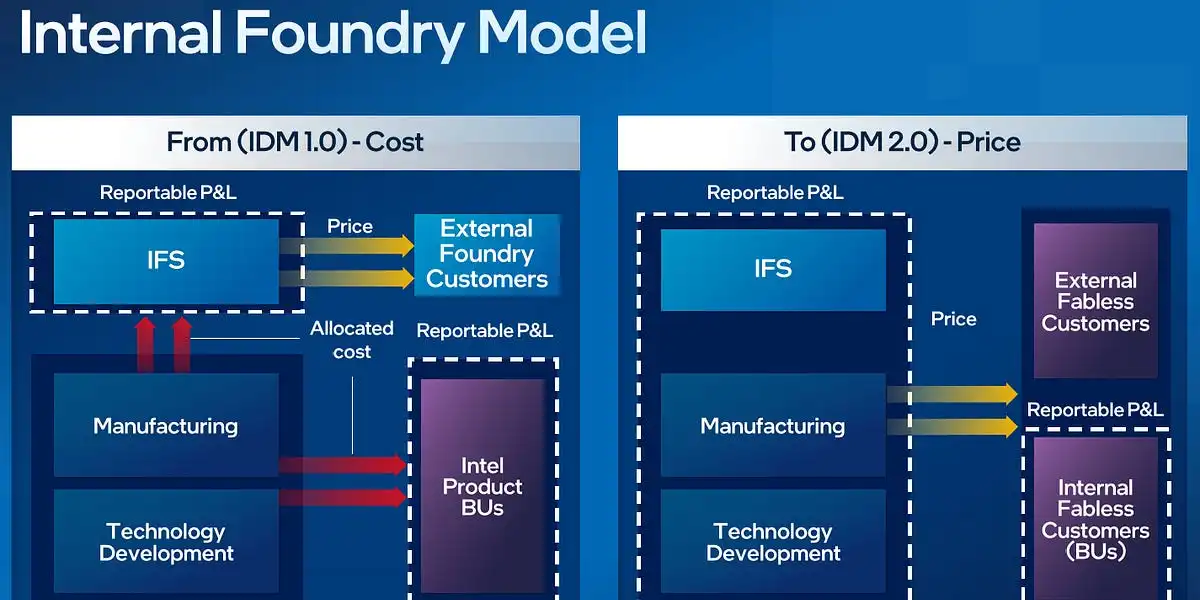
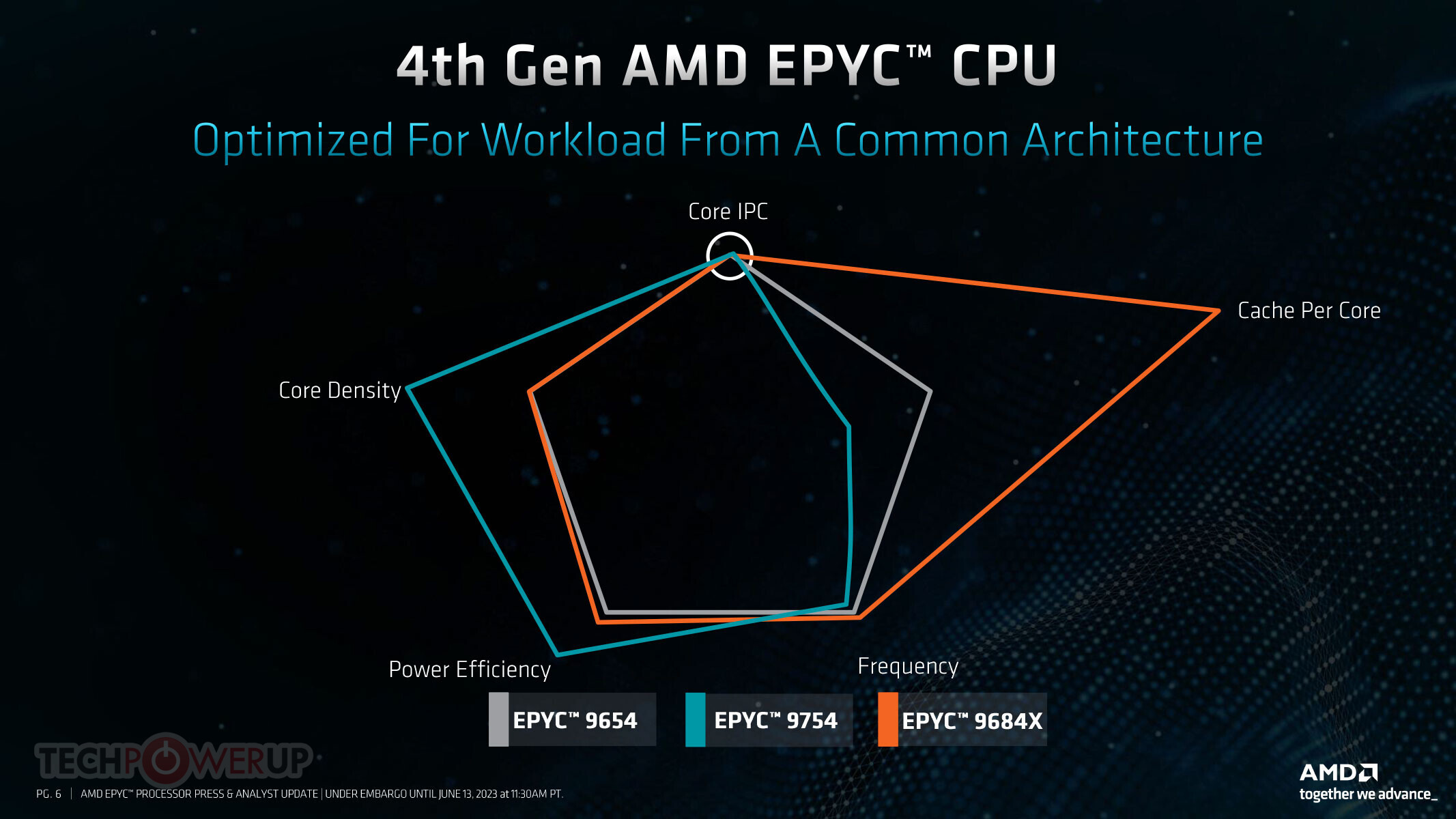
The mobile and TV clients are often limited to the codecs with hardware acceleration. Or just selecting a lower bitrate on the client will cause transcoding.